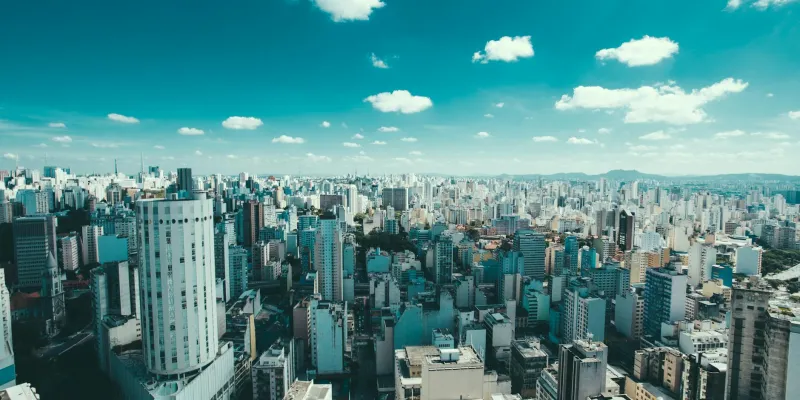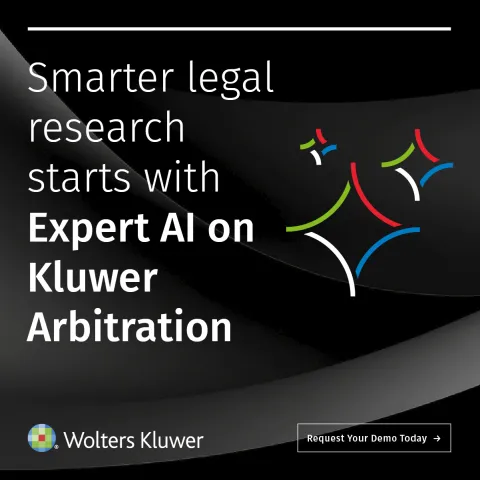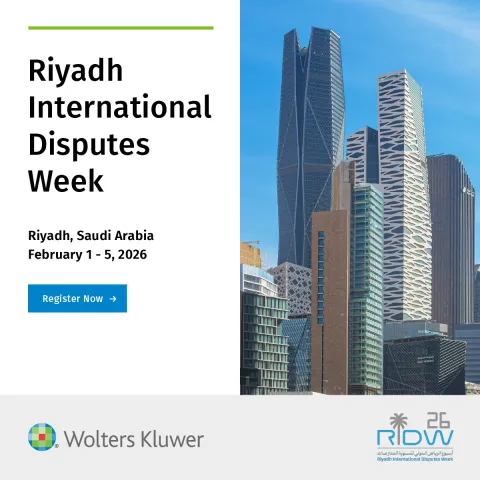What Silence Can Tell Us
August 8, 2025
In a world submerged in water, where words have been washed away, a cat finds refuge on a small boat alongside a dog, a lemur, a capybara, and a bird. All of them are strangers to one another, shaped by instinct and fear, but forced into proximity by a shared crisis. Flow, the 2024 dialogue-free animated film by Gints Zilbalodis, is a gentle yet powerful meditation on what it means to connect, adapt, and coexist — without saying a single word.
In its silence, Flow tells a story more emotionally resonant than many films filled with dialogue. And for those of us working in the field of mediation, this brings a valuable reminder: words are only part of the conversation.
The Language of Silence
What happens when language is removed from the equation? In Flow, we see how characters communicate through glances, posture, pacing, and energy. Fear shows up in distance; curiosity in subtle approach. There's no need for exposition — everything is conveyed through behavior, rhythm, and sound design.
This mirrors what happens in human interaction, especially during conflict. So much of what we truly mean — our vulnerability, our defensiveness, our desire to repair — is often expressed nonverbally. The space between words can be more revealing than the words themselves.
In mediation, recognizing this layer of communication is essential. Mediators must learn to “read the room” not only by listening, but by observing. What is the body saying? What is the silence expressing? When a party says “I’m fine” but avoids eye contact or clenches their hands, there’s clearly more being communicated.
Listening with the Eyes
One of the core skills of any effective mediator is deep, embodied listening — not just with the ears, but with the eyes, the heart, and the intuition.
In Flow, as viewers, we become attuned to this kind of listening. We’re not being told what to feel; instead, we watch and interpret. We notice the tension in the cat’s posture when the dog approaches, the softening over time as trust builds, the hesitations and reconciliations expressed through movement.
This ability to listen beyond speech is vital in any conflict setting. Mediators are often the first to notice when someone is overwhelmed, disengaged, or ready to shift perspective — and that awareness rarely comes from words alone. It's about reading presence. Flow trains us, subtly, in that same kind of perceptiveness.
A Boat as a Mediation Table
The boat in Flow can easily be seen as a metaphor for the mediation setting: a shared space, surrounded by uncertainty, where different beings come together — not out of choice, but out of necessity. In conflict, people often find themselves “on the same boat” with someone they don’t trust, don’t understand, or even resent. And yet, there is no moving forward without some form of coexistence.
What unfolds in the film — tentative collaboration, moments of friction, gradual mutual accommodation — mirrors the emotional arc of many mediations. The characters learn, without speaking, that they need one another. The cat, once solitary, begins to accept help. The group moves, slowly, from fear to a fragile kind of solidarity.
Mediation doesn’t always lead to friendship or full resolution. But like in Flow, it can lead to a shift — from hostility to respect, from isolation to recognition, from reaction to choice.
The Art of Holding Space
One of the most striking qualities of Flow is its pace. It doesn’t rush. It allows scenes to breathe. It respects stillness and gives the viewer time to process. There’s no exposition, no explanation — just presence. And that, in many ways, is also the role of the mediator.
To hold space is to allow the conversation to unfold without forcing a direction. It’s about letting silence speak when needed. Often, when a mediator remains silent after a party shares something difficult, that pause can create a moment of reflection or invitation that words would only disrupt.
In Flow, silence isn’t emptiness — it’s structure. It gives form to tension, to emotion, and ultimately, to resolution. That’s a valuable lesson for any of us who work with conflict.
Final Thoughts
Flow is more than an animated film; it’s a lesson in relational intelligence. It reminds us that communication is multisensory, that connection can be built without language, and that sometimes the most honest parts of us are the ones we don’t say out loud.
In a world saturated with noise, Flow shows the value of slowing down, paying attention, and trusting what unfolds in silence. For mediators, this resonates deeply. Because to mediate is not just to guide dialogue — it is to listen, to witness, and to facilitate the subtle shift from distance to understanding.
Even when nothing is being said.
You may also like










Paul Sills
Editorial Comment Andrea Maia’s reflection on Flow is a timely reminder that the richest part of a mediation conversation often takes place outside of language. We train ourselves to listen for words, but the truth is that much of the “real story” — the fear, the openness, the readiness to compromise — can be found in what is not being said. Posture, breathing, eye contact, micro-movements, and even the way someone arranges their papers can set the tone as much as any verbal statement. In some cases, they set the true tone. A relaxed shoulder drop might tell you more about a party’s willingness to engage than their counsel’s carefully chosen words. Averted eyes or a slight lean back can speak volumes about resistance. The room’s energy — a kind of shared, unspoken vibration — often reveals shifts long before anyone acknowledges them aloud. Silence is rarely empty. In mediation, it can be an active presence — a pause that allows reflection, a tension that signals discomfort, or a softening that opens a door. Mediators who hold that silence without rushing to fill it can allow meaning, connection, and possibility to emerge in ways that spoken exchanges might obscure. The art, then, is not just in “moving language” but in reading the space between words and allowing that space to do its work. Often, what the parties and their advisers are telling each other — and us — is a surface narrative. The deeper story is playing out in the silence, in the set of a jaw, in the tempo of a breath. How have you experienced the richness of silence in your own mediations?